In the current market, there are many types of water purifiers, with prices ranging from a few hundred yuan to several thousand yuan. For ordinary families, how to choose a water purifier that is both economical and affordable and can effectively filter pollutants in the water has become a key issue. In this article, Susan will help you understand several common water purifier filter technologies and their pros and cons, and focus on analyzing the cost performance of low-priced water purifiers to help you make a wise choice.
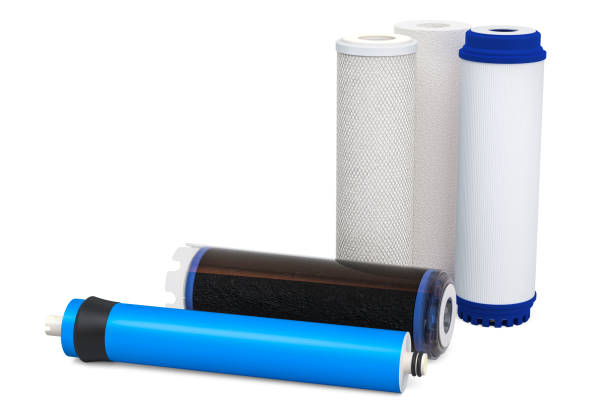 1. Main types of water purifier filter elements
1.1 PP cotton filter element
1. Main types of water purifier filter elements
1.1 PP cotton filter element
Functions and features:
Mainly used to remove large suspended particles in water, such as mud, rust, insect eggs, etc. This filter element is usually used as the first filtration level of the water purifier.
Advantages: low price, significant effect in filtering large particles of impurities.
Disadvantages: can only filter larger particles, cannot remove harmful substances such as bacteria, viruses, heavy metals, etc., and needs to be replaced regularly.
 1.2 Activated carbon filter element
1.2 Activated carbon filter element
Functions and features:
Through its porous structure, it absorbs residual chlorine, odor, organic matter, volatile organic compounds (VOCs), etc. in water to improve the taste and smell of water.
Advantages: good removal effect on residual chlorine, odor and some organic matter, moderate price and easy maintenance.
Disadvantages: cannot remove bacteria, viruses and heavy metals, and needs to be used in conjunction with other filter elements.
 1.3 Ultrafiltration membrane (UF)
1.3 Ultrafiltration membrane (UF)
Functions and features:
Can remove bacteria, viruses and some colloid substances. Suitable for use in areas with good water quality.
Advantages: It can remove most bacteria and viruses in the water while retaining minerals that are beneficial to the human body.
Disadvantages: It has limited removal effect on dissolved solids, heavy metals and some organic pollutants, and the filtered water flow rate is slow, and it needs to be cleaned or replaced regularly.
 1.4 Reverse Osmosis Membrane (RO)
1.4 Reverse Osmosis Membrane (RO)
Functions and Features:
It can remove almost all pollutants in the water, including bacteria, viruses, heavy metals, dissolved solids (TDS), organic matter, etc.
Advantages: Excellent filtration effect, can provide the purest drinking water.
Disadvantages: Slow water outlet speed, high wastewater rate, high initial cost and maintenance cost.
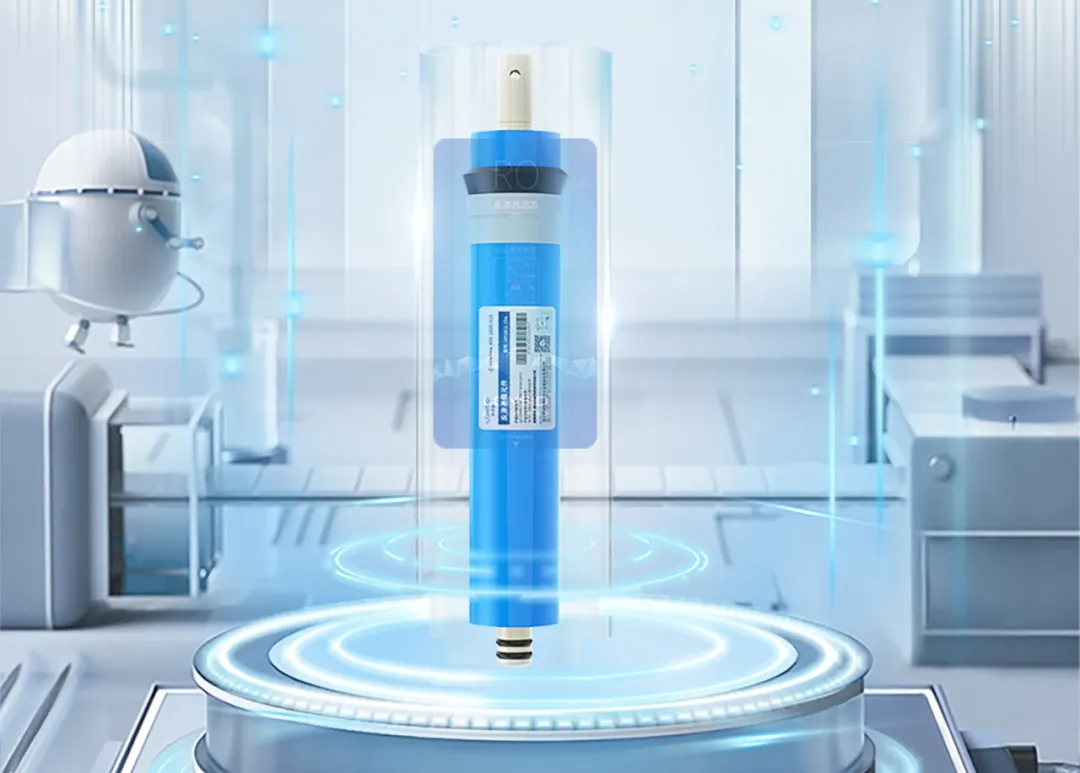 1.5 Calcium Sulfite Granules
1.5 Calcium Sulfite Granules
Functions and Features:
It has strong reducing properties and is often used to remove residual chlorine and some heavy metals in water.
Advantages: It has a significant effect on removing residual chlorine and has a certain adsorption capacity for heavy metals.
Disadvantages: It has limited removal effect on bacteria, viruses and organic matter, and is usually used as an auxiliary filter element.
 1.6 KDF (high purity copper-zinc alloy)
1.6 KDF (high purity copper-zinc alloy)
Functions and features:
Remove chlorine, chloramines, and heavy metals from water through redox reactions, and inhibit the growth of bacteria and algae.
Advantages: Good removal of heavy metals, can inhibit the growth of microorganisms, and extend the service life of other filter elements.
Disadvantages: Limited removal effect on bacteria, viruses, and soluble solids, usually used in conjunction with activated carbon or reverse osmosis membranes.
 1.7 Nanosilver filter element
1.7 Nanosilver filter element
Functions and features:
Nanosilver has broad-spectrum antibacterial properties, can destroy the cell structure of microorganisms in water, and effectively inhibit the reproduction of bacteria and viruses.
Advantages: Strong antibacterial, can ensure the safety of water output.
Disadvantages: Mainly used for antibacterial, needs to be used with other filter elements, and is ineffective against chemical pollutants.
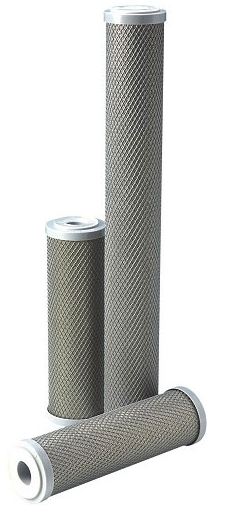 2. Applicability analysis of different filter element combinations
2. Applicability analysis of different filter element combinations
The prices of water purifiers on the market vary, and different filter element combinations are suitable for different water quality conditions and household needs. Among water purifiers under 500 yuan, the following filter combinations are more common choices:
2.1 PP cotton + activated carbon + ultrafiltration membrane
Scope of application: suitable for areas with good water quality, mainly used to remove sediment, odor, bacteria, etc., and retain minerals.
Cost-effectiveness analysis: low cost, suitable for daily drinking water filtration in households, low maintenance cost.
2.2 PP cotton + activated carbon + reverse osmosis membrane
Scope of application: suitable for areas with poor water quality and high heavy metal content, and can provide high-purity drinking water.
Cost-effectiveness analysis: good filtration effect, but high wastewater rate, high maintenance cost, suitable for families with high water quality requirements.
2.3 KDF + calcium sulfite + activated carbon
Scope of application: suitable for areas with mild heavy metal pollution or high residual chlorine in water quality, and can provide safer drinking water.
Cost-effectiveness analysis: moderate cost, comprehensive filtration effect, but filter cartridges need to be replaced regularly.
2.4 Nanosilver + Ultrafiltration Membrane + Activated Carbon
Scope of application: Suitable for families who pay attention to health and safety and hope to reduce microbial risks, especially for families with infants and young children.
Cost-effectiveness analysis: The antibacterial effect is significant and the water quality is safe, but the overall cost is high.
Filter element combination of tap-type water purifier
3. How to choose a water purifier that is really suitable for you?
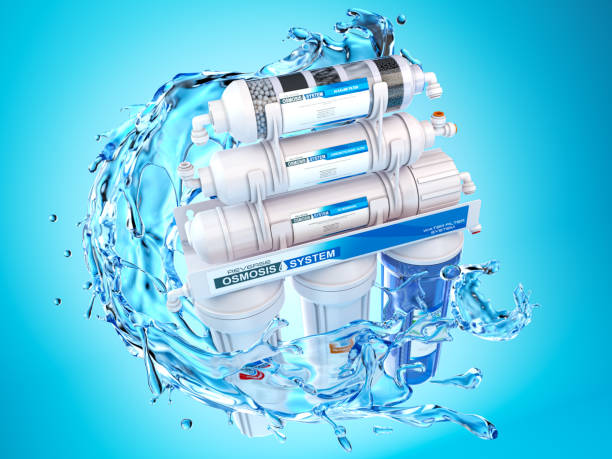
Faced with many water purifiers on the market, consumers are often easily confused by prices and brands. However, the water purifier that is really suitable for you should be selected according to the following aspects:
Water quality: Understand the water quality of local tap water, including hardness, residual chlorine content, heavy metal pollution, etc., and choose a water purifier with targeted filter elements.
Family needs: Choose a water purifier based on the health needs of family members, daily water consumption and other factors. For example, families with infants and young children should choose a water purifier with antibacterial function.
Cost-effectiveness: It is not that the higher the price, the better the water purification effect. The appropriate filter element combination and price should be selected according to actual needs to achieve the best cost-effectiveness.
Subsequent maintenance: Choosing a suitable water purifier is only the first step to ensure the safety of drinking water at home. Subsequent maintenance and filter replacement are also crucial. We can consider this by regularly replacing the filter, cleaning the pipes, and paying attention to changes in water quality.
There are many types of water purifiers on the market, with different prices, but choosing a water purifier that suits your family's needs is the key. By understanding the characteristics of different filter cartridges and their applicability, consumers can find products that are truly suitable for their families among many choices.











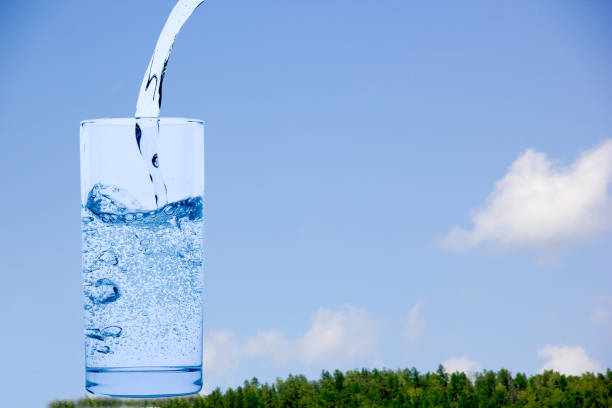 How to choose a filtered water purifier: help you buy the best water purifier! Keep your water as pure as it can be!
How to choose a filtered water purifier: help you buy the best water purifier! Keep your water as pure as it can be!
 Analysis and solutions to the causes of reverse osmosis membrane fouling
Analysis and solutions to the causes of reverse osmosis membrane fouling
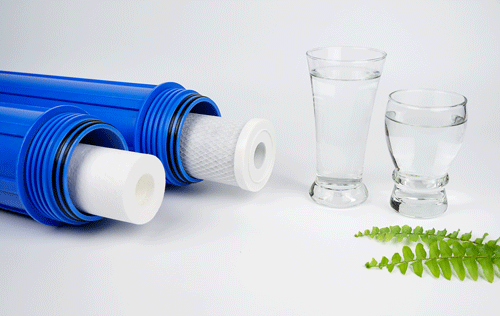 Do you know how to extend the life of your reverse osmosis membrane?
Do you know how to extend the life of your reverse osmosis membrane?
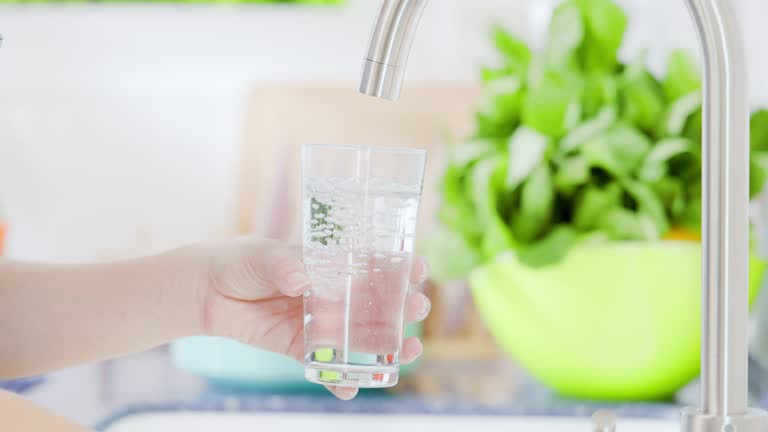 How much do you know about ultrafiltration technology and ultrafiltration membranes?? Ultrafiltration Knowledge Points Collection, you deserve it!
How much do you know about ultrafiltration technology and ultrafiltration membranes?? Ultrafiltration Knowledge Points Collection, you deserve it!